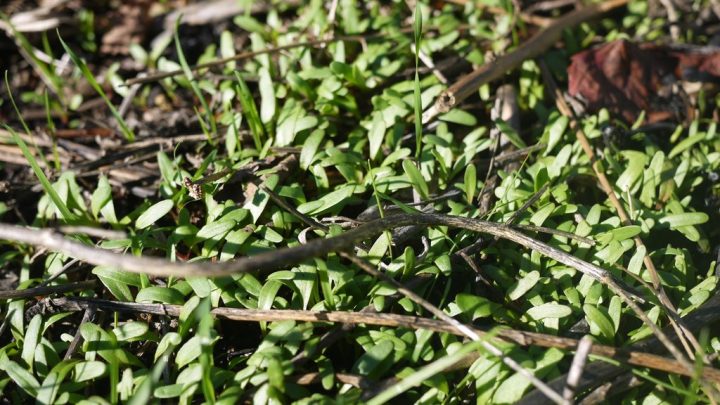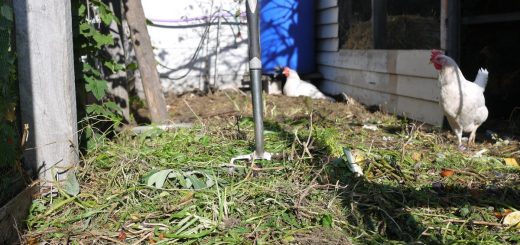Rain on Dry Soil – Resource Pulse
After the last post, and such a dry summer – the recent rains are a godsend. Well over 50mm in May already. As a result, things are greening up, and seedlings are coming up everywhere in the food forest… and I’ve got a few million more than I can cope with!

So I’m going to try a novel idea… If anyone reading this in the next few weeks (say by mid June) would like any of the following seedlings, then for a small flat fee of $10 you can have as many of each type as you want / can fit. Just bring your own trays (not pots) and I’ll fill them up while you’re here. Some trays are available if you don’t have anything to bring.
Here’s what’s available (in no particular order).
For just $10, choose as many as you like:
- Celery
- Nasturtium
- Parsley
- Lettuce
- Kale
- Warragul Greens
- Borage
- Californian Poppy
- Silverbeet
- Echium Blue
- Silverbeet
- Calendula
- Society Garlic (clumps)
Also, there are some mixed bags of seed available of ‘edible and beneficial plants’ (most of the above list). These are just $4, and the seeds will probably cover 5m2 or so, and it’s such a colouful mix, plus it’s got some root crops too like carrot and parsnip.
These seeds weren’t planted; but deliberately left to self seed – or the seed manually scattered over the food-forest areas of the garden, so what looked completely dead and barren only a few weeks ago, is now a thriving and fertile space which will soon be covered in a sea of edible plants. The seedlings might be too many; but they are certainly not unwanted, and many become a great green-manure crop.

A common mantra in organic gardening and permaculture is to ‘cover the soil’ to ‘protect it’. Covering certainly stops things from drying out for while; but it also has the reverse effect when it starts raining. It takes A LOT of rain to get through layers of mulch. Also, while mulch stops most weeds from germinating; it also doesn’t allow all the ‘good plants’ to self seed everywhere, so sometimes it’s worth having some areas mulch free in late summer. The trick is to keep as many grasses/weeds from going to seed as possible, as they will easily out compete most edible plants.
Another important effect (although I didn’t know it was a thing) is the “resource pulse” that follows when a dry but otherwise fertile soil is re-wetted by a good rain event. I looked it up, and it was studied in a paper by US Soil Chemist Joshua P. Schimel.
Soil communities, however, seem more tolerant than plants or animals are to water stress—the main effects, in fact, on soil processes appear to be limited diffusion and the limited supply of resources to soil organisms. Thus, the rains that end a drought not only release soil microbes from stress but also create a resource pulse that fuels soil microbial activity.
From the article summary, link above.
This answers perfectly a question I’ve long had… If soil needs water to thrive / be healthy, then what happens to the soil-life (bacteria, fungi, microbes) when it dries out completely? Do you need to water the garden to keep them alive as well as your precious plants? The answer it appears, is no. In fact, soil actually benefits from the occasional drying out, and this is very good news for permaculture gardening in dry summer climates.
Finally, I’ve updated the Plants / Seeds / Seedlings page, which I do every month or so to keep it reasonably up-to-date with what else is available from the garden.













